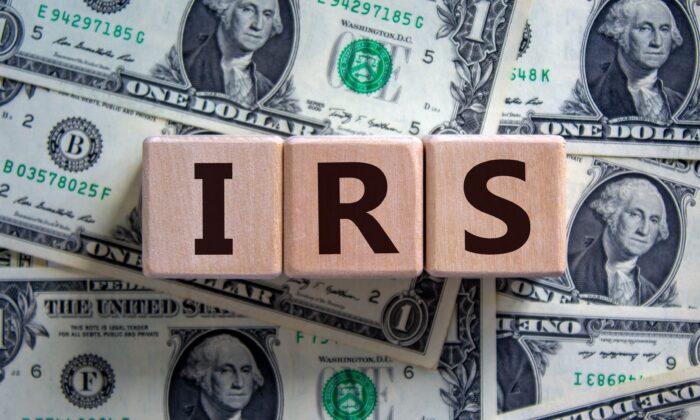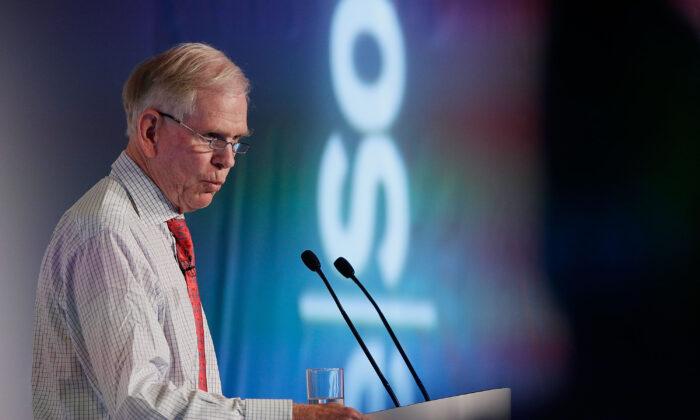A new report by the European Bank for Reconstruction and Development (EBRD) forecasted that Ukraine’s economy would shrink by one-fifth in 2022, as the ongoing invasion by Russia continues to take its toll on the beleaguered Eastern European nation.
“The war on Ukraine has been having a profound impact on the economies in the EBRD regions as well as globally,” said EBRD economist Beata Javorcik. “Inflationary pressures were already exceptionally high and it seems certain they will now be worse, which will have a disproportionate effect on many of the lower-income countries where we work.”
The EBRD forecasts were premised on the assumption that a ceasefire would be reached in the upcoming months, but the institution’s release also expounds upon the scenario in which such a peace is not brokered in a timely fashion. In this event, the institution predicted that Ukraine’s economy would shrink by 20 percent, whereas Russia’s economy would shrink by 10 percent.
While much of the media coverage has focused on the war’s impact on the Russian economy, often overlooked is the economic toll of the war on the smaller Slavic nation. The EBRD asserts that the current war is the greatest supply chain shock to Ukraine since the early 1970s at the latest.
Needless to say, the outbreak of war in February does little to make Ukraine more attractive to the foreign investors necessary to boost the fledgling nation’s economy. However, there is a silver lining for the embattled nation: The EBRD forecast also projects that, assuming a ceasefire is reached in the upcoming months, the Ukrainian economy will rebound by as much as 23 percent in 2023, even as Russia’s economy is predicted to stagnate in the pending calendar year.
If this forecast comes to bear, it will mean that the two years following the Russian invasion will effectively be a wash for the Ukrainian economy, notwithstanding the human costs of war. However, it will take significantly more than the strong rebound projected by the EBRD to propel Ukraine into the ranks of its wealthier European neighbors.





